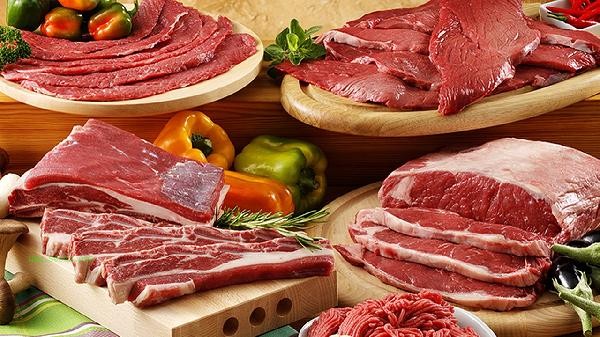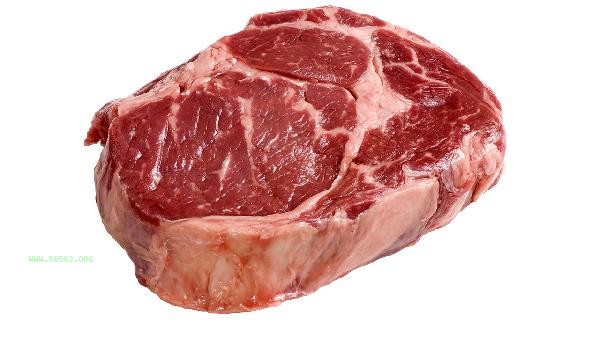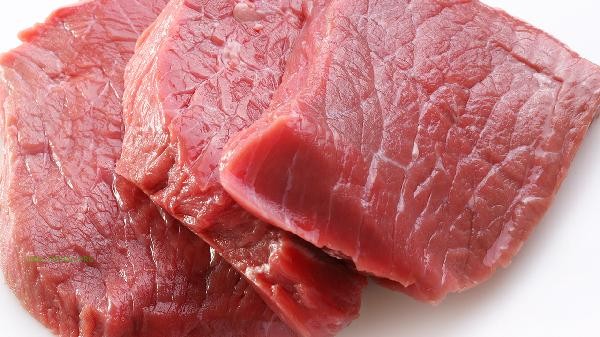Beef has both significant benefits and potential risks for fitness enthusiasts. Moderate consumption can help increase muscle mass, but attention should be paid to controlling fat intake. Beef is rich in high-quality nutrients such as protein, creatine, iron, and zinc, but it also contains high levels of saturated fat, which may increase cardiovascular burden in excess.

1. High muscle building efficiency
Beef is an excellent source of high-quality protein, with about 20 grams of protein per 100 grams of lean beef, including all essential amino acids needed by the human body, especially leucine, which has a prominent content and can effectively stimulate muscle protein synthesis. Creatine is a unique nutrient found in beef, which can enhance energy supply during high-intensity training and delay muscle fatigue. Iron helps transport oxygen to muscle tissue, while zinc participates in testosterone synthesis, both of which are crucial for athletic performance and recovery.
2. High nutrient density
Beef provides heme iron, which has an absorption rate 2-3 times higher than non heme iron, and can prevent sports anemia. Vitamin B12 is only found in animal based foods, and beef is rich in it, which helps with red blood cell production and nervous system function. Beef liver is rich in vitamin A and folate, but fitness enthusiasts are more recommended to choose lean meat to avoid excessive intake of vitamin A.
III. Metabolic Burden
Beef has a high content of saturated fat, especially in the rib eye, beef brisket, and other areas. Long term excessive intake may affect blood lipid metabolism. Processed beef products such as bacon and sausages contain additives such as nitrite, and the heterocyclic amine substances produced by high-temperature cooking have potential health risks. Some people are sensitive to Neu5Gc molecules in red meat, which may trigger chronic inflammatory reactions.

4. Diverse alternative options
Chicken breast and fish can provide equal amounts of protein and lower fat content, while deep sea fish such as salmon are rich in anti-inflammatory omega-3 fatty acids. Plant protein combinations such as soybean and quinoa can also meet amino acid requirements and contain antioxidant substances. Whey protein powder has a fast absorption rate and is suitable for supplementation after training, but it lacks the trace nutrients found in beef.
Fifth, dietary advice
Choose lean meat parts such as pork and beef tendon, and control the weekly intake at 300-500 grams. Using low-temperature slow cooking, steaming and other cooking methods to avoid direct roasting with open flames and the production of carcinogens. Paired with vegetables rich in vitamin C such as broccoli and bell peppers to promote iron absorption. Hypertensive patients should limit their intake of pickled beef, and gout patients should pay attention to controlling their consumption.

Fitness enthusiasts can choose beef as one of their protein supplements, but the intake should be adjusted according to the intensity of training and health status. It is recommended to consume red meat, white meat, fish, and plant protein in combination to ensure a balanced nutrition. Supplementing protein within 30 minutes after training has the best effect, and can be combined with compound carbohydrates to accelerate recovery. Regularly monitor blood ferritin and lipid indicators, and middle-aged and elderly fitness enthusiasts should pay more attention to controlling the frequency of red meat intake. Maintaining a diverse diet structure, combined with resistance training, is necessary to achieve safe and effective muscle building goals.






Comments (0)
Leave a Comment
No comments yet
Be the first to share your thoughts!